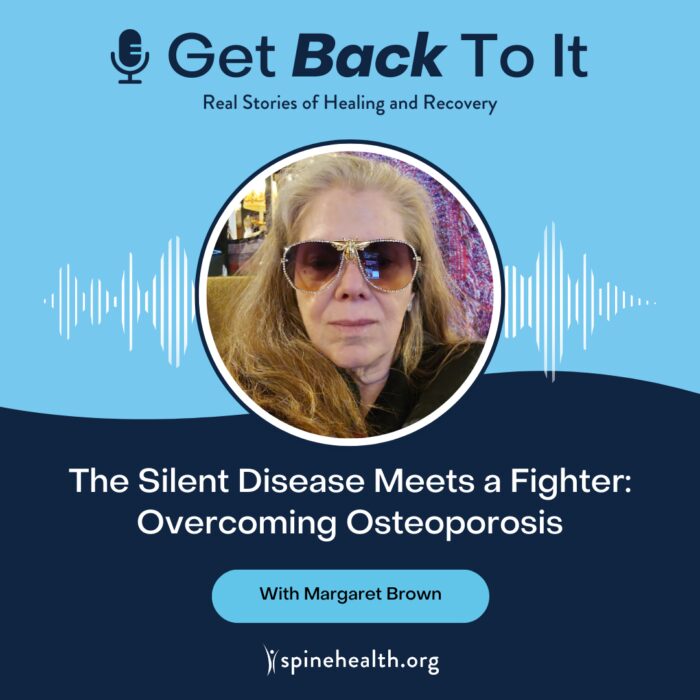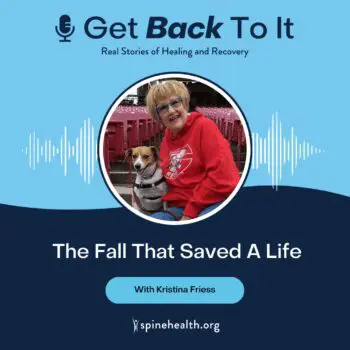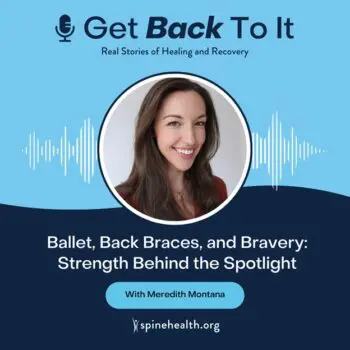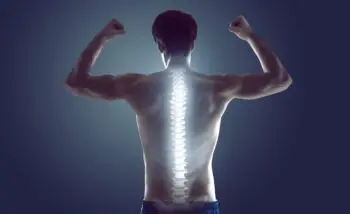Summary:
A Muay Thai class, a sharp twinge in the back, and a then shocking diagnosis—what seemed minor turned out to be a spinal fracture caused by osteopenia, the silent precursor to osteoporosis. Hear how an active 60 year old woman underwent a transformative kyphoplasty procedure and reclaimed her life. This story sheds light on the hidden dangers of bone loss, the importance of fracture prevention, and why prioritizing bone health is essential for women of all ages.



